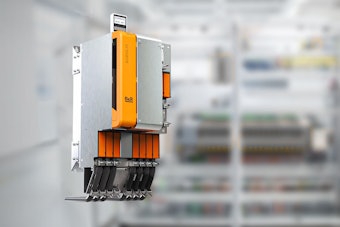No, it's not the summary of a new sci-fi thriller on Netflix. This is the future of medicine. Well, it could be.
Researchers at Wake Forest University successfully implanted a living, functioning 3D-printed human tissue into animals.
And, according to 3dPrint.com, "after being implanted, matured into functional tissue and sprouted new systems of blood vessels, and their strength and size mean that they could feasibly be implanted into humans in the future."
This could be a game changer.
One of the problems researchers are having is that the printed tissues are not surviving long enough to form blood vessels and nerves in the body. It's been five months since the tissue was implanted into the animal's body and is so far, "thriving," according to the article.
The custom printer uses a water-based ink which they say helps the growth and health of the cells, which are "printed in alternating layers with biodegradable plastic micro-channels that act as passages for nutrients," according to the article.
Researchers say their project, the Integrated Tissue and Organ Printing System, has the potential to eliminate organ waiting lists, and product custom, "made-to-order" organs.





















